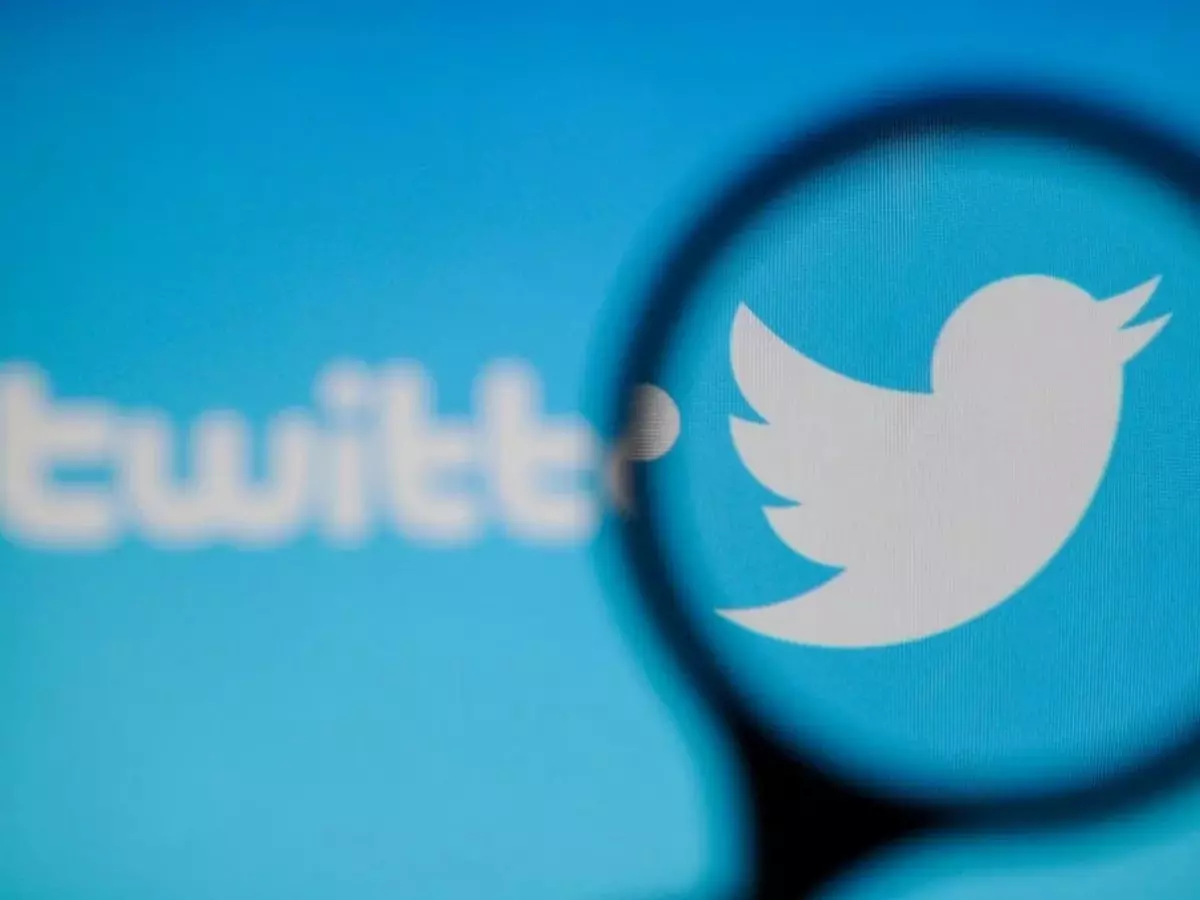New Findings Shed Light On Twitter's Coded Bias Against Differently-Abled, Muslims And Older People
Twitter's image-cropping algorithm faced a lot of flak last year for favouring light-skinned people. Now, researchers have found more coded bias against differently-abled, Muslims, and older people.

Twitter's image-cropping algorithm has exhibited bias against certain groups including Muslims and the differently-abled, fresh research reveals. The image-cropping mechanism was catapulted into spotlight last year for coded bias against dark-skinned people.
What seemed to be a preference for white skin within the algorithm has shed light on its in-built discrimination while identifying people.
Over the weekend, Twitter hosted a contest called "Twitter algorithm bias challenge" to fish out vulnerabilities and bias coded into the image-cropping feature at the Def Con conference, one of the world's largest hacker conventions which takes place in Las Vegas, United States every year.
 Reuters
Reuters
How does Twitter's image-cropping algorithm work?
Twitter's image-cropping algorithm automatically edits photos to focus on people's faces. When a mix of different people were fed to the algorithm, it showed signs of bias against people with disabilities, Muslims, as well as older people.
Watch the algorithm in action below:
Trying a horrible experiment...
¡ª Tony ¡°Abolish ICE¡± Arcieri ? (@bascule) September 19, 2020
Which will the Twitter algorithm pick: Mitch McConnell or Barack Obama? pic.twitter.com/bR1GRyCkia
Essentially, the image-cropping process purposely left out people who had grey hair, wore headscarves, and those who use assistive tools like wheelchairs. The micro-blogging giant's coded bias was able to replicate discriminatory models that one may witness in virtually all human societies.
Changing the contrast manipulated the AI into choosing Obama's image. Here's a look:
Several people have attributed the issue to contrast, dramatically raising the contrast on Obama and decreasing it until McConnell is a dull grey.
¡ª Tony ¡°Abolish ICE¡± Arcieri ? (@bascule) September 21, 2020
While this may get the algorithm to select the other image, it doesn't address the core problem.https://t.co/JvUXUGukBM
While this revelation may be able to effectively hold a mirror to our social norms, it proves what most users already know - that online spaces are unequal.
Also read: 'Must've Been A Good Lunch': Twitter User Who Went For Lunch In 2007 Is Finally Back And People Want Answers
 Reuters
Reuters
Twitter: Setting the right precedent
By urging hackers to excavate inequalities in terms of how the company's artificial intelligence functions, Twitter is setting the right tone. The company is signalling corrective measures to weed out built-in discrimination.
To detect such irregularities, Twitter awarded a cash prize worth $3,500 (?2,60,520) to the winner, and runner-ups received smaller amounts. The algorithm was retired after its coded bias was revealed last year.
Users discovered that the platform preferred certain racial features over others. Every time a user shared images of both White and Black personalities, Twitter's AI highlighted the former. This caused uproar on the website, after which Twitter also issued an apology and took the algorithm offline.
Also read: Twitter Is Divided Over Video Of ¡®Gold Ferrari¡¯ That Was Shared By Anand Mahindra
 Reuters
Reuters
What did the contest reveal?
Most companies train artificial intelligence to map user trends. Over time, the algorithm is able to display content the user is most likely to click on. In the process, the AI may internalise prejudices that reflect in the physical world.
The contest's winning entry proved how the algorithm favoured identification of face types that look slimmer or younger - shedding light on the ageism inherited by the now-defunct AI. Runner-up entries further explained how people with grey hair or signs of ageing may be completely shunned by the software.
Also read: Donald Trump Has Declared War On Google, Facebook, Twitter Over Censorship
